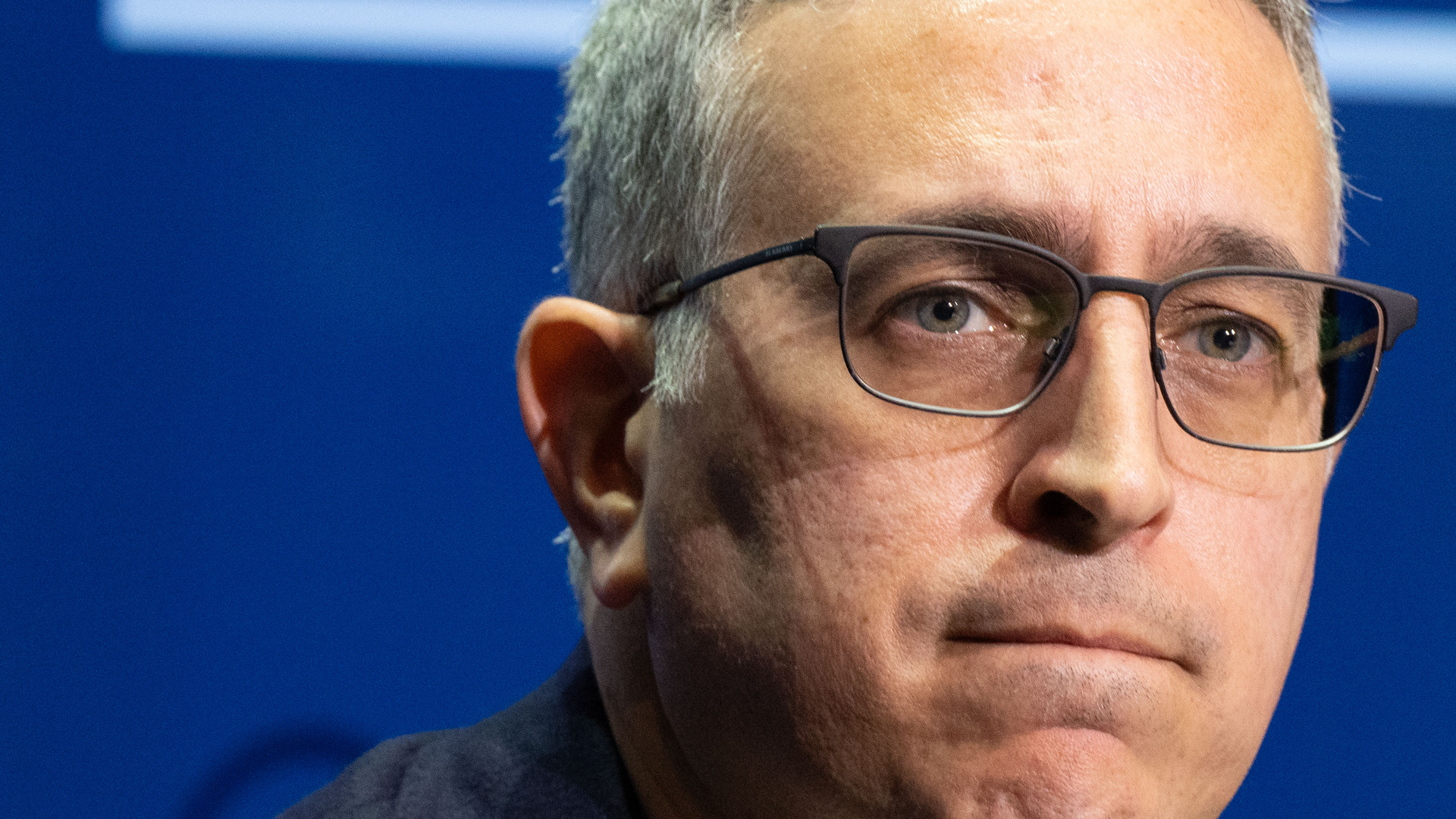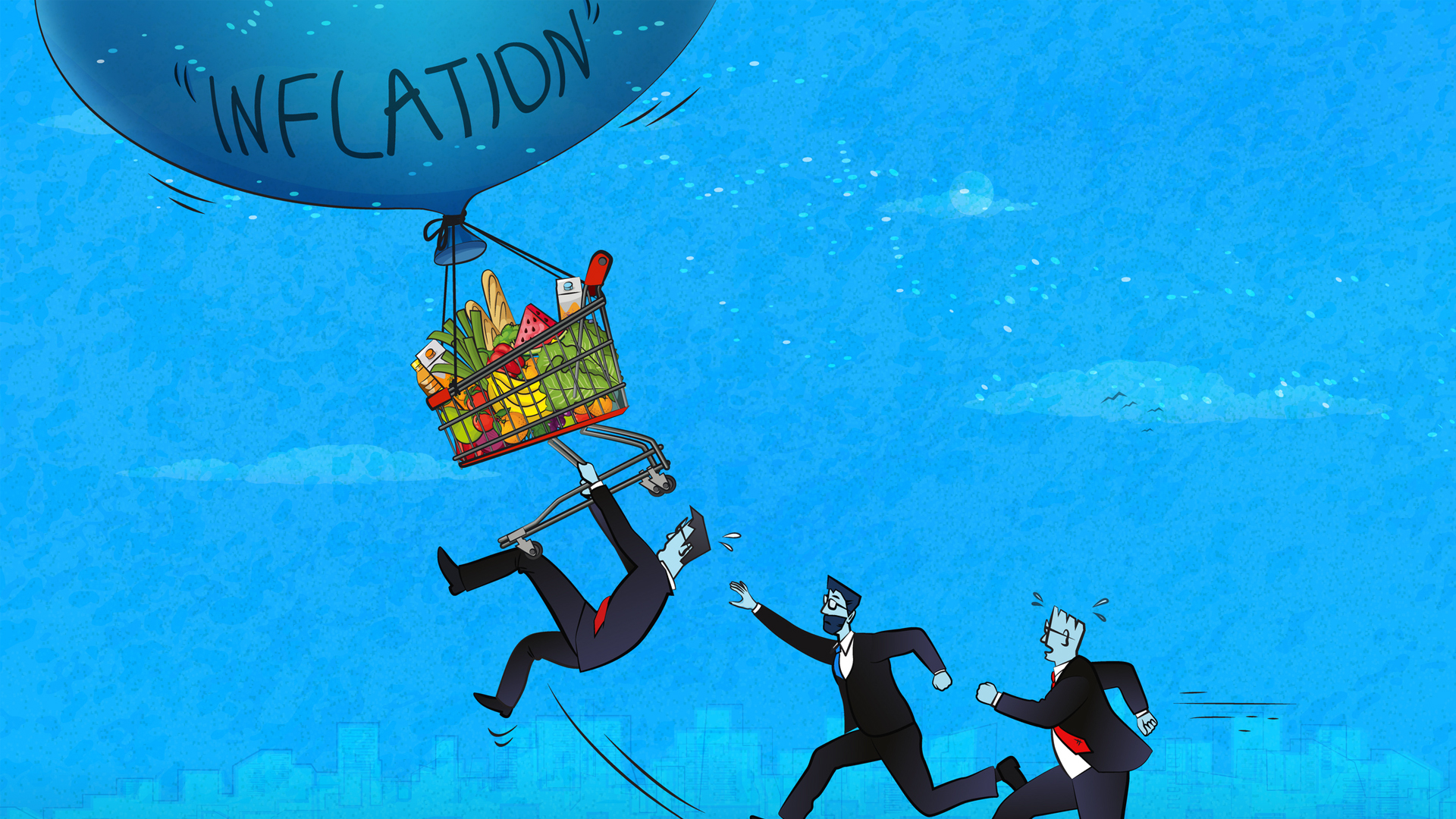
The returns are in from the IRPP-Policy Options panel of 28 voters ”” all eminent Canadians ”” and are presented in summary form in the accompanying table. The scores received by each prime minister in four spe- cific areas of responsibilities are shown first. Respondents were asked to rate the prime ministers on a scale of 1 to 10, low to high, in each. With the average score, two other indicators of respondents’ opinion are provided in the table: the standard deviation shows the extent to which individual answers differ from the average response. Thus, if all respondents’ scores for a given question are bunched up around the average, the standard deviation will be lower than if sharper disagreement existed among respon- dents. The mode is simply the answer that comes up the most often among respondents ”” unlike the straight average, the mode would not be skewed by a few very high or very low outlying responses.
An average of the scores received by each prime minister in the four areas is also shown. It is perhaps a crude way of establishing a comprehensive ranking based on specific performance and initiatives. Respondents were also asked directly to rank prime ministers from one to six overall. The latter marks were averaged, and the PM with the lowest average was given first rank overall, second lowest second rank and so on.The resulting ranking shown on the table also happens to correspond to the mode of the responses, that is, to the overall ranking most often attributed by respondents to each PM.
Respondents were also asked to describe each prime minister’s leadership as transformational, transitional or transactional, and these evaluations clearly influenced the overall rankings.
The verdict from this high-powered group is clear: Lester B. Pearson is the best Canadian prime minister of the last half century. When asked to rank these PM’s overall, fifteeen respondents ranked him first, and only three put Pearson lower than third place.
With little significant dissent, respondents viewed Pearson’s strengths as his ability to maintain Canadian unity and to manage the federation more generally, and the social policy innovations that his government brought in. He is also seen as having been above all the others in terms of strengthening Canada’s role in the world””partly attributable to recogni- tion of his achievements as minster of external affairs during the St-Laurent years. Pearson is, however, given only an average score on the economy and the fiscal framework. This seems to be an indication that respondents dis- counted the boom times he presided over as not entirely of his own making, or that they hold him partially respon- sible for the subsequent mushrooming costs of social programs.
While Brian Mulroney came in second among respondents, this was not a totally uncontested position, unlike Pearson’s first place. Mulroney did garner 18 first and second place rankings overall, compared to his near- est rival Pierre Trudeau, who was ranked in the top two by only 10 respondents. Nevertheless, when the scores for areas of responsibility were averaged, Louis St-Laurent came slight- ly ahead of Mulroney (both well behind Pearson), who in turn was in the sights of both Jean Chrétien and Pierre Trudeau. In short, the second, third and fourth ranks were somewhat contested, depending on the specific area of prime ministerial responsibility being considered.
In this respect, Brian Mulroney was given more than honourable marks for his efforts on the economy and fis- cal framework and for enhancing Canada’s role in the world, the latter stemming from reasons as varied as free trade with the United States and his strong stance on apartheid. But he failed to make it above the fray in terms either of Canadian unity and management of the federation, or on social policy issues. Like Pearson’s, Mulroney’s leadership was overwhelm- ingly seen as having transformed Canada ”” clearly for the better for most respondents, and this is what secured his second place overall.
The third place finisher was also the longest-serving prime minister, and one suspects, from the written answers submitted, that a shorter tenure might have earned Mr. Trudeau a higher ranking in many areas. Comments offered along with some low marks often pertained to his last mandate”” though not to the patria- tion of the Constitution with the Charter of Rights in 1982, overwhelm- ingly assessed as an act of transforma- tional leadership resulting in a new Canadian social contract.
In only one specific area ”” social policy ”” is Trudeau’s average perform- ance seen as having surpassed that of the second-place Mulroney. In another specific area ”” the management of the economy and the fiscal framework ”” Trudeau offers one of the few instances of a prime minister being ranked almost as low as across-the-board last- place finisher John Diefenbaker.
However, Trudeau is the only prime minister whose overall ranking is two notches above his performance-based rankings, as measured by the average of responses in all four specific areas of responsibility. This may, of course, part- ly reflect the fact that some respondents weighted specific areas differently rather than equally as I did here. But other more subjective factors must also have been at work in this case.
The opposite effect played for Louis St-Laurent and Jean Chrétien, to the detriment of their overall rankings. There is little dis- agreement among respondents that these two prime ministers performed well above average on economic mat- ters. As mentioned, St-Laurent is actu- ally ranked second, slightly ahead of Mulroney, when performance scores in all areas are tabulated.
Unlike Chrétien, St-Laurent is also seen as having done well in maintain- ing Canada’s place in the world and on the unity and management of the fed- eration file. On the latter, however, quite a few respondents noted how much simpler to manage some of these issues seemed to be in the 1950s than at any time since. Overall, it may be that their being viewed as transitional (St-Laurent) or transactional (St- Laurent and Chrétien) by most respon- dents is what ultimately led to these two leaders being downgraded in the overall rankings, relative to what might have been expected on the basis of results in specific areas. Chrétien received his best scores, and came in tied for first, in a statistical dead heat with St-Laurent, on his management of the economy and the fiscal frame- work, receiving well-earned recogni- tion for balancing the budget and ridding Canada of a burdensome lega- cy of deficits and debt.
There is no appealing the group’s verdict of John Diefenbaker’s prime ministership, particularly with respect to Canadian unity and Canada’s place in the world, in which he obtains markedly low scores from most respon- dents, though with some dissent.
Diefenbaker’s economic manage- ment is also seen as having been poor, although on social policy and concern for Canadians, his score manages to inch toward those of St-Laurent, Mulroney and Chrétien. Perhaps the latter is a reflection of Dienfenbaker’s respect for individuals, as reflected in the Bill of Rights, his appointment of the Hall Commission that led to uni- versal health care, his anti-apartheid stance and other ”œfirsts” that occurred under his government, such as a female federal Cabinet minister and the elec- toral franchise for Aboriginal peoples.







